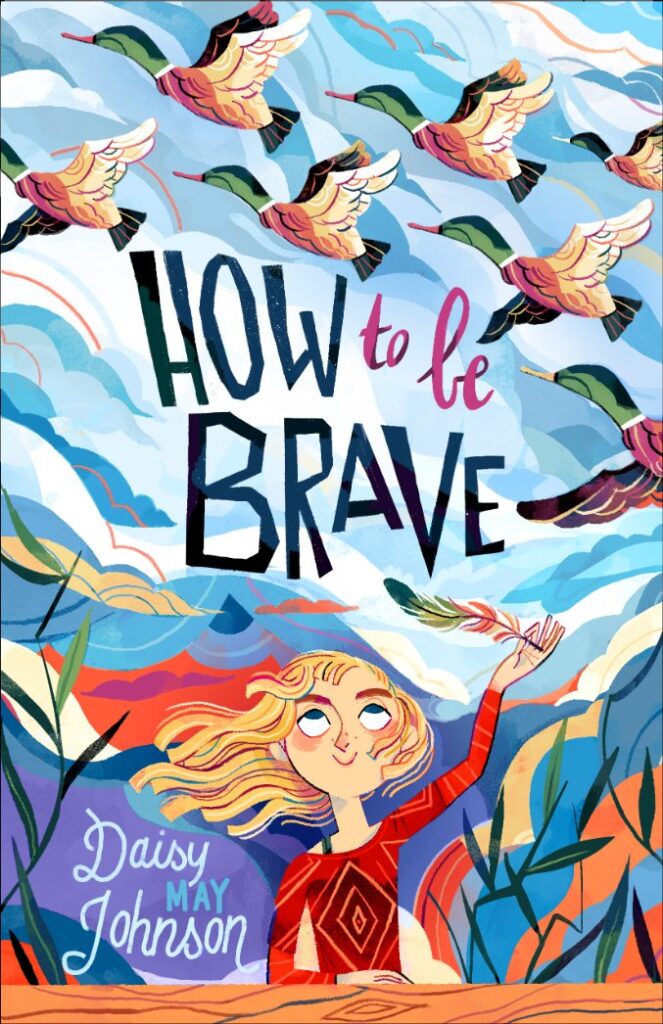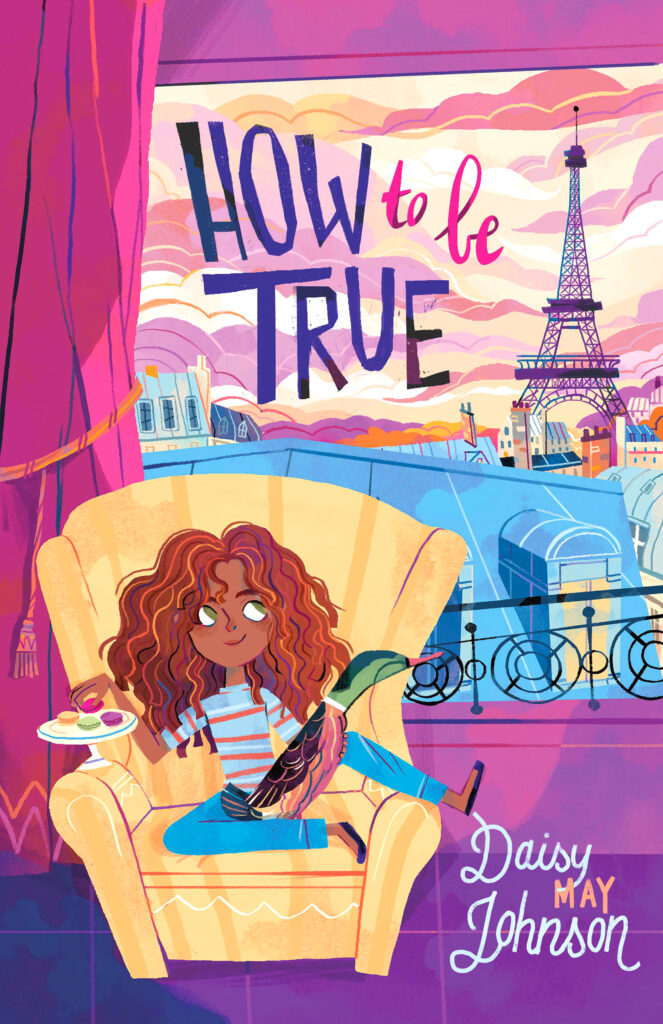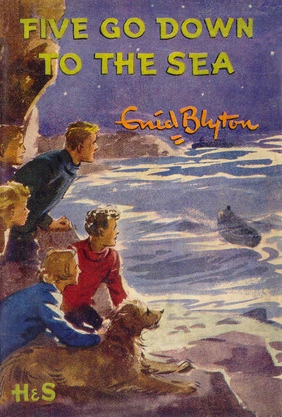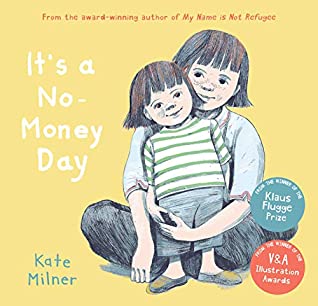The story behind How To Be Brave, or: how to write about food poverty in children’s literature, a guest post by Daisy May Johnson


Hi! My name is Daisy May Johnson and I’m the author of How To Be Brave and How To Be True. My books are about a group of girls who attend a boarding school called The School Of The Good Sisters and the adventures that they all get up to. The first thing you need to know is that the Good Sisters in question are a bunch of rather remarkable nuns. They teach the useful things in life like how to abseil off a building or how to ask for a slice of cake in Klingon and how to stick up for your best friends when all seems very lost.
One of the big themes in all of my books is food. The girls are very into their cake and food and won’t ever plan an adventure until they’ve worked out who’s going to bring along the sandwiches and when they’ll stop for lunch. Whether it’s discussing the evils of kale or unexpected jam in chocolate cake (spoiler: the worst), Calla, Edie and Hanna and all their friends know that food is important.
ADVERTISEMENT
ADVERTISEMENT
Food has been important in children’s books for a long time. In a way, it’s never about what the food actually is – it’s about what it symbolises – what it means.
In my day job as a researcher of children’s literature, I read a lot of British books from the mid-twentieth century. At that time, Britain was still experiencing rationing – it began in January 1940 and ended in July 1954. So when the authors of the time wrote about food and put enormous meals into their books, they were telling their readers something very particular. They were telling them that they’d get through this.

Here’s a quote that sums it all up for me:
“The high tea that awaited them was truly magnificent. A huge ham gleaming as pink as Timmy’s tongue; a salad fit for a king. In fact, as Dick said, fit for several kings, it was so enormous. It had in it everything that anyone could possibly want. “Lettuce, tomatoes, onions, radishes, mustard and cress, carrot grated up – that is carrot, isn’t it, Mrs. Penruthlan?” said Dick. “And lashings of hard-boiled eggs.” There was an enormous tureen of new potatoes, all gleaming with melted butter, scattered with parsley. There was a big bottle of home-made salad cream. “Look at that cream cheese, too,” marvelled Dick, quite overcome. “And that fruit cake. And are those drop-scones, or what? Are we supposed to have something of everything, Mrs Penruthlan?””
(Five Go Down To The Sea – Enid Blyton, 1953).
Nowadays, things are likely to be a little bit different. Many contemporary readers will have the direct experience of living in unstable economic circumstances or know somebody who is: families across the country had been impacted by the increased cost of living. Along with this, society is still dealing with the legacy of a period of political austerity where the number of children living in poverty had risen as had the number of families attending foodbanks.
Food poverty is a visible and pressing issue for readers and if I was going to write a modern day boarding school story that had any honesty, it had to reflect that.
One of the books that was really helpful to me in my thinking was It’s A No Money Day by Kate Milner. This picture book sees a mum and her young daughter experience a “no-money day” – which is exactly what it says on the tin. As the daughter goes through her life, we see the struggles of the mum in the background – she makes sure her daughter has something to eat, for example, whilst her own plate remains empty. It is an incredible book and one which is written with such respect and kindness. Nobody ends up in a situation like this from choice, I think.

I also found the work of Jack Monroe very important. I first came across their blog several years ago where they shared recipes for those needing to cook to a budget. Ever since then Monroe has acted as an advocate and campaigner for those in poverty. I’ve learned a lot from their approach, not in the least the necessity to understand the stories behind the headlines. Monroe’s writing is about people, and that is very important to me.
In How To Be Brave, my debut, I tell the story of Calla North and her eccentric mum Elizabeth. Elizabeth takes every job that she can to keep money on the table and when things are good, the two of them head off to the fancy supermarket that sells the food that they’ve only ever dreamt about. And when times are hard, they struggle. It’s then that the two of them turn the heating off, take the lightbulbs out, and spend Christmas curled up together in a blanket. When Elizabeth is offered a job that will guarantee the two of them financial stability, she has to take it – and Calla has to go away to school while she’s away.
ADVERTISEMENT
ADVERTISEMENT
Even though my second book, How To Be True moves on to tell the story of another girl at the school, Calla’s story from How To Be Brave persists. I’m not here for tokenistic representation – her life experience is the thing that makes her who she is and that will continue in all of my stories that feature her. She’s kind, capable, and she’ll do anything for her mum. I’m pretty proud of that. And if her experience in How To Be Brave supports a reader who’s going through something similar, then I’ll be very proud of that as well.
Meet the author

Daisy May Johnson is a writer, librarian and blogger. She writes about children’s literature at Did You Ever Stop To Think, tweets as @chaletfan, and when she’s not doing any of that, you’ll find her curled up with her favourite school stories, or baking the world’s best chocolate brownies.
How To Be Brave / How To Be True
About How To Be True
In this delightfully zany yet heartwarming novel, a young girl and her friends take Paris by storm.
Edie Berger is a prankster, the daughter of activists, and a revolutionary in her own right. Paris is Edie’s home and her favorite place in the world. But when her parents decide to travel the globe fighting for good causes, Edie is left in the care of Odette, her strict grandmother—and, ultimately, shipped off to boarding school in England.
A school trip finds Edie back in the streets of Paris, exploring with her friends and forced to confront the grandmother who sent her away. But is there more to Odette than Edie realizes? Featuring madcap adventures, pastries, macarons, an intrepid army of first-years, a secret underground network of nuns, a truly excellent art heist, and lots of bravery, this is a story about loving with your whole heart and standing up for what you believe in.
ISBN-13: 9781250840455
Publisher: Henry Holt and Co. (BYR)
Publication date: 09/27/2022
Age Range: 8 – 12 Years
Filed under: Guest Post
About Amanda MacGregor
Amanda MacGregor works in an elementary library, loves dogs, and can be found on Twitter @CiteSomething.
ADVERTISEMENT
ADVERTISEMENT
SLJ Blog Network
Name That LEGO Book Cover! (#53)
Cover Reveal and Q&A: The One and Only Googoosh with Azadeh Westergaard
Exclusive: Vol. 2 of The Weirn Books Is Coming in October | News
Fighting Public School Book Bans with the Civil Rights Act
ADVERTISEMENT







